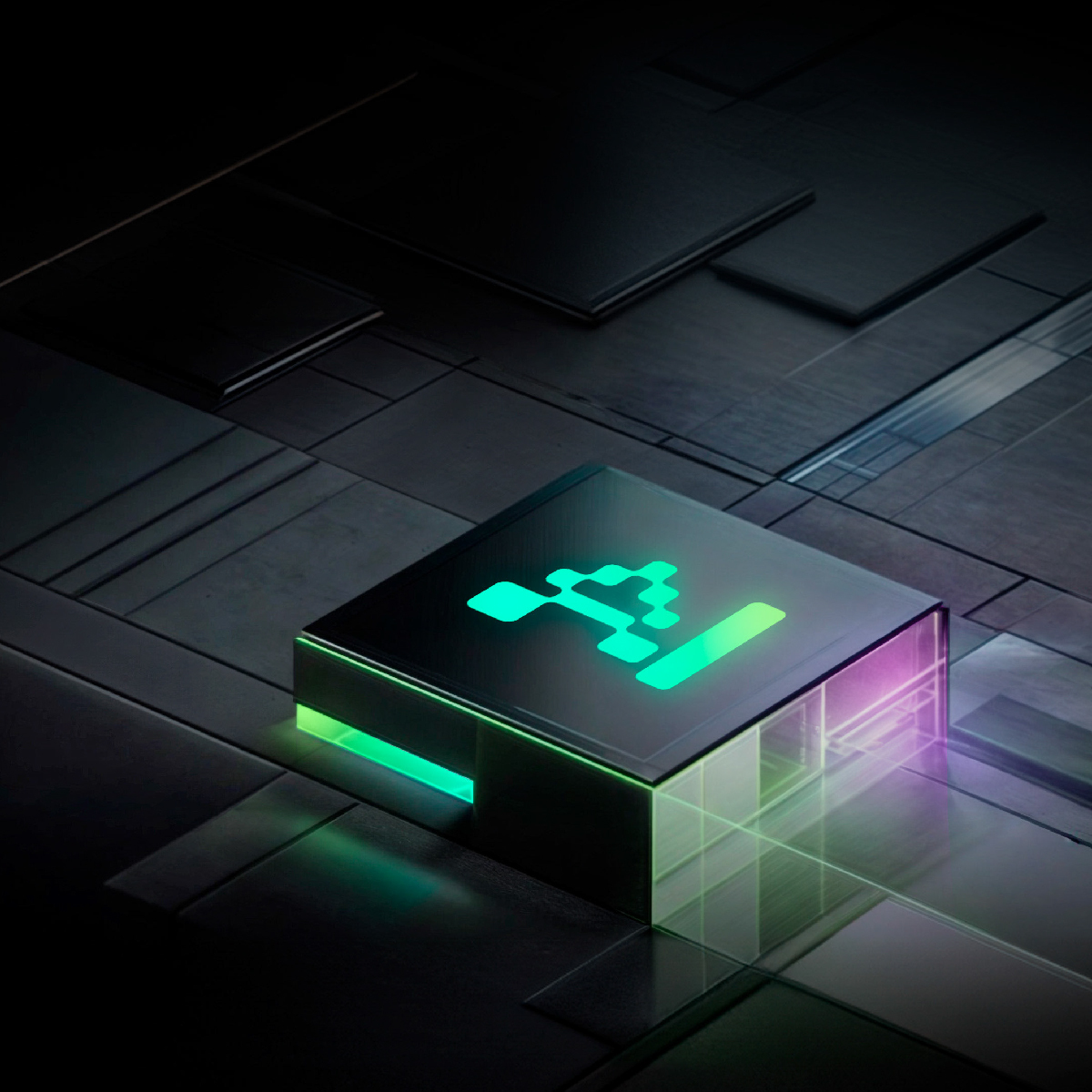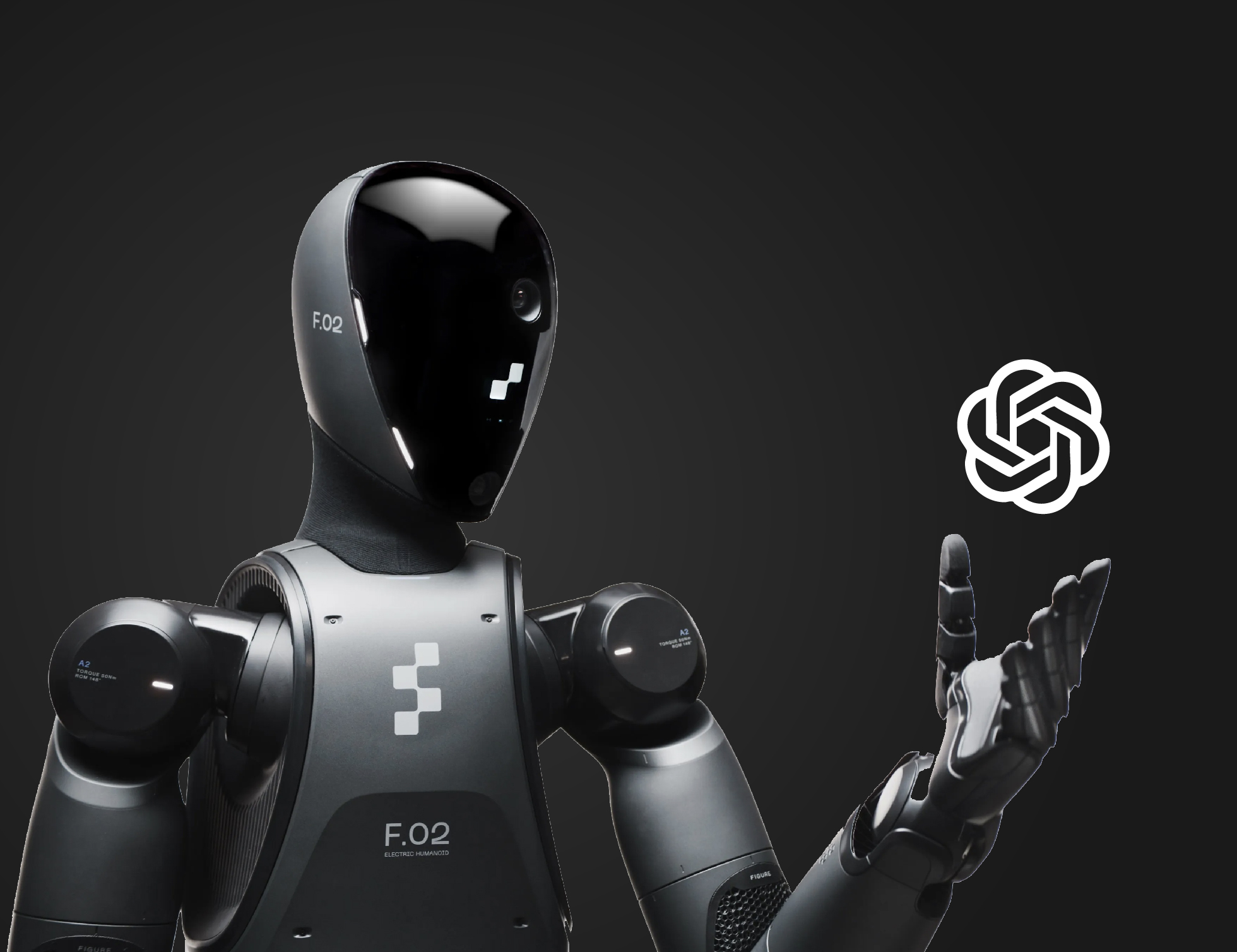Join our newsletter



OpenAI, a pioneer in artificial intelligence innovation, is setting its sights on robotics with the launch of an ambitious new robotics division. The company aims to develop robots capable of navigating real-world environments with human-like intelligence, promising a transformative leap in technology.
Recent job postings and a social media update from Caitlin Kalinowski, OpenAI’s hardware director, provide insights into these groundbreaking plans.
OpenAI’s history with robotics has seen its share of ups and downs. The company previously disbanded its robotics team, only to reestablish it with renewed vigor. This time, OpenAI appears more determined than ever to push the boundaries of robotics.
Caitlin Kalinowski, who joined OpenAI in November 2024 after leading Meta’s AR glasses division, announced on X (formerly Twitter) that OpenAI is developing its robots equipped with custom-built sensors. The goal is not just to create machines but to design robots that are adaptive, versatile, and capable of performing in dynamic, real-world settings.
A standout feature of OpenAI’s robotics vision is the integration of cutting-edge hardware with advanced AI models. Job listings reveal that OpenAI plans to create robots with custom sensor suites and computational systems that enable autonomous operation in unpredictable environments.
These robots will blend high-level AI capabilities with the physical realities of robotic platforms. In practice, this means they won’t just think intelligently but will also move, react, and adapt to their surroundings in ways that mimic human behavior. The potential inclusion of robotic limbs for physical tasks highlights the ambitious scope of OpenAI’s efforts.
OpenAI’s renewed focus on robotics has sparked speculation about its plans, particularly in the realm of humanoid robots. OpenAI has explored humanoid designs in the past, and some reports suggest that the company may be working on a humanoid robot for eventual market release.
The idea of humanoid robots is no longer confined to science fiction. Companies like X1 and Figure are making significant progress in creating general-purpose humanoid robots, and OpenAI’s involvement signals a serious commitment to this field. By leveraging its AI expertise, OpenAI could become a major player in the race to develop robots that think, move, and perform tasks like humans.
The robotics industry is experiencing unprecedented growth. In 2024 alone, venture capitalists poured more than $6.4 billion into the sector, highlighting the immense interest in robotic technologies. Startups excel in niche markets, from manufacturing automation to AI-powered agricultural systems. Companies like Bright Machines and Carbon Robotics are leading the charge with innovative solutions tailored to specific applications.
However, humanoid robots remain the holy grail of robotics innovation. Building robots that replicate human movement and decision-making is a formidable challenge, but advances in AI and engineering are bringing this vision closer to reality. OpenAI’s expertise in AI and hardware initiatives positions it to play a pivotal role in this exciting frontier.
OpenAI’s robotics strategy hinges on its ability to integrate specialized hardware with cutting-edge AI. The company is reportedly developing custom chips to run AI models more efficiently, potentially giving it a competitive edge in the robotics market.
Rumors also suggest a collaboration with renowned designer Jony Ive on an undisclosed hardware project. While details remain scarce, OpenAI’s track record suggests that this partnership could result in a groundbreaking device with far-reaching implications.
The road ahead for OpenAI’s robotics division is filled with both challenges and opportunities. Developing robots that interact with the world like humans is a monumental task, but OpenAI’s commitment to innovation gives it a strong foundation to succeed.
While it may take years before fully functional humanoid robots become commonplace, OpenAI’s initiatives signal an exciting future. These advancements have the potential to revolutionize industries such as manufacturing, healthcare, and beyond. By merging AI and robotics, OpenAI is poised to reshape how we view and utilize technology in the real world.
OpenAI’s foray into robotics reflects a bold vision for the future of intelligent machines. With its expertise in AI and a renewed focus on hardware, the company is well-positioned to drive meaningful progress in robotics. As OpenAI continues to break new ground, the possibilities for innovation seem limitless, offering a glimpse into a future where robots and humans work seamlessly.